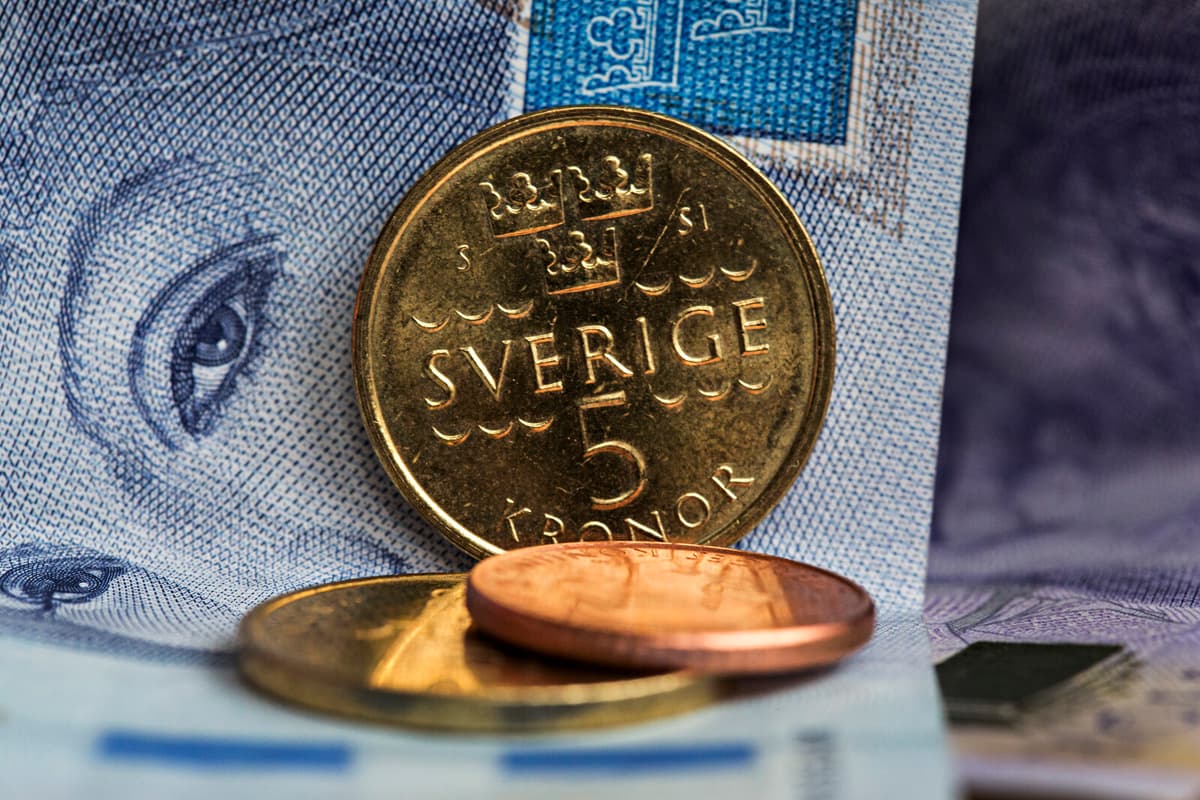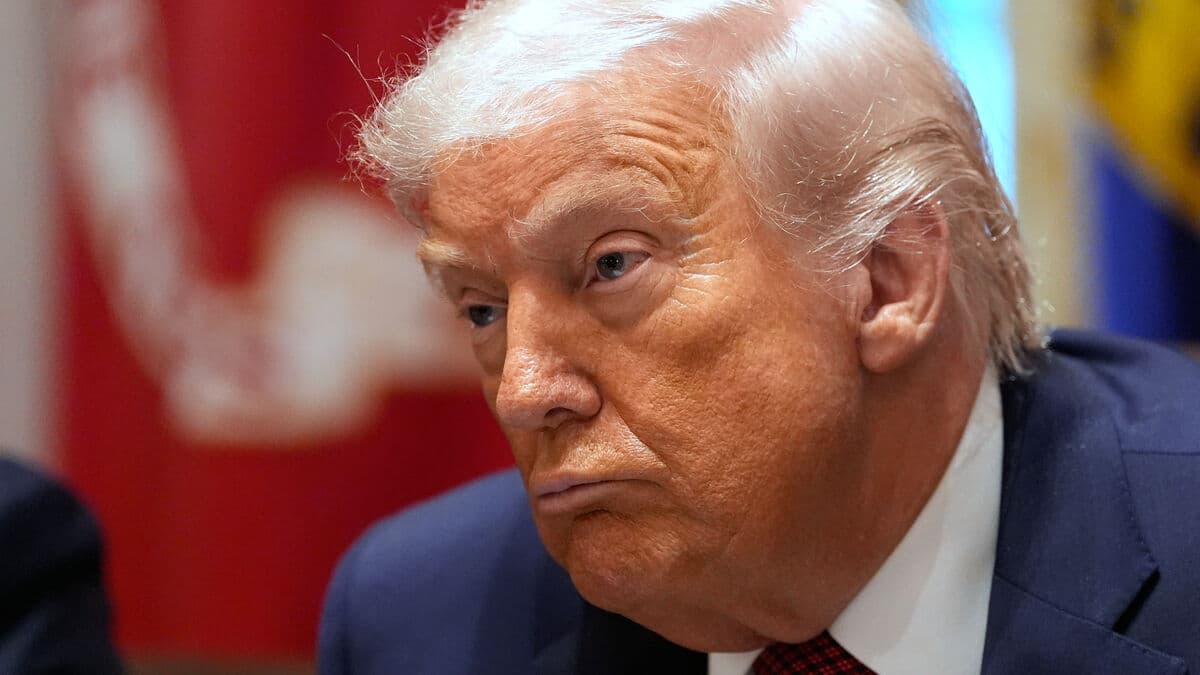In the beginning of October, the krona was down and hovering around the ten-krona mark. But after a longer period of strengthening – the Swedish currency did not quite reach below ten – it came to a stop about a month ago. For around that time, signals started coming from the other side of the Atlantic – questioning whether the American central bank had gone too fast with the double interest rate cut in September.
Over the past month, interest rate actors have clearly reduced the expected pace of further US rate cuts, since the economy is holding up, and thus the dollar is strengthening against most currencies, including the euro.
However, the krona has also weakened against, among others, the euro and the pound. Against the euro, the krona has lost approximately 15 öre during October.
What has likely contributed extra to the krona's weakening is the slightly weaker economic signals, that it may take longer for the Swedish economy to gain momentum. Additionally, interest rate and currency traders have factored in even more rate cuts from the Swedish Riksbank. And when the interest rate gap increases between countries, Sweden, the US, and the eurozone, it tends to change exchange rates – in this case, to the disadvantage of the Swedish krona.
A dollar cost 10.58 on Friday, while the euro was quoted at 11.45.





